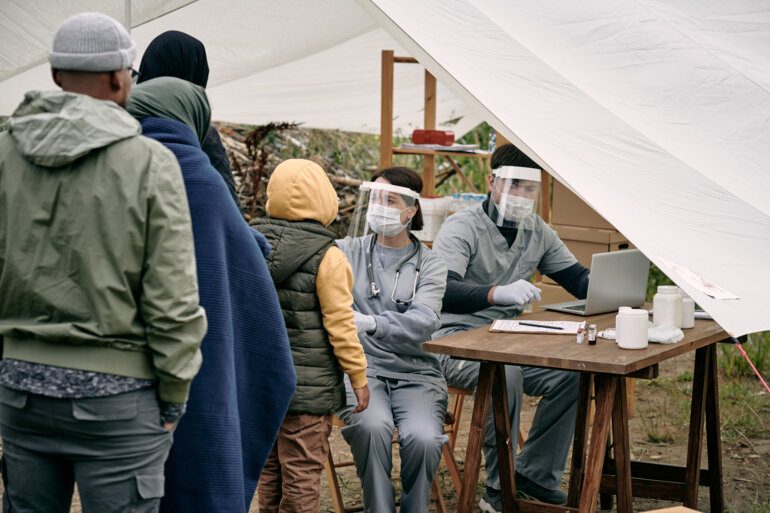While some challenges associated with rare cancers are similar in Europe and Asia, resources and differing epidemiology need to be considered when coming up with solutions
It is often said that putting all numbers of rare cancers together makes these malignancies not so uncommon in the population. And this is particularly true in some Asian countries when the population runs into billions. In India, for instance, considerable numbers of patients with certain uncommon cancers attend our tertiary cancer care centre and this experience is being used for clinical research and to try to improve patient care based on a larger dataset. From our encounters with patients with a diverse variety of rare sarcomas, we have devised low-cost protocols with less labour-intensive monitoring and have found comparable results with international standards (Pediatr Blood Cancer. 2022;69:e29540; Ecancermedicalscience. 2022;16:1361).
We also set up the first gestational cancer registry in India to gain insights into another rare entity, pregnancy-associated breast cancer (Breast. 2021;56:88–95). Across more than 100 patients, the majority had delayed diagnosis and cancers with aggressive features, but treatment was feasible in most patients and stage-matched outcomes were comparable to those in patients with non-pregnancy associated breast cancer. Thus, it appears that pregnancy-associated breast cancer can be handled appropriately if proper multidisciplinary care is provided. As there is no possibility of conducting randomised trials in this setting, registry data such as these are highly valuable and enable meaningful conclusions to be made, serving as a guide for both clinicians and patients.
When we talk about the numbers of rare cancers, we also need to take into account differences in epidemiology in Asia compared to Europe. As presented at the ESMO Congress 2022, I was involved in an analysis of population-based cancer registries from the South Asian Association for Regional Cooperation (SAARC) countries of India, Nepal, Bhutan and Sri Lanka (Ann Oncol. 2022;33[Suppl 7]:S600–S615). We mapped the epidemiology of rare cancers in SAARC countries and compared them with the standard RARECAREnet list. Due to the lower incidence of cancer in some SAARC countries, the standard definition for rare cancers of less than 6 per 100,000 persons per year detected 62–68% of all incident cancers in India, Bhutan and Nepal. A cut-off of less than 3 per 100,000 persons per year identified 40–52% of all incident cancers and may represent a more appropriate threshold for what are considered less common in certain Asian countries. Regarding rare cancer types, there were striking differences between the regions. Oral cavity cancers are rare in Europe but not in SAARC countries, while uterine, colon and prostate cancers are rare in India, Nepal and Bhutan. Furthermore, the lack of histological data on rare cancers in SAARC was found to be a barrier to providing appropriate care. Our main conclusion was that a greater understanding of the nuances in rare cancer epidemiology in different countries may help policymakers to tailor public health interventions and, subsequently, to improve outcomes.
In Europe, awareness and management of rare cancers has advanced greatly in recent years, also thanks to initiatives such as Rare Cancers Europe. The situation in Asia is lagging behind that of Europe mainly due to a lack of resources. In fact, in resource-constrained settings, the focus is even more firmly fixed on common cancers with the urgency to treat the greatest number of patients within a limited budget. As such, patients with rare cancers in low-middle income countries may be even more neglected than in high-income countries in terms of delayed diagnosis and a lack of available evidence-based recommendations to guide treatment, if treatment is available, when the diagnosis is made.
However, some progress is being made. Established in 2018, the Rare Cancers Asia initiative is building bridges between the regions and providing tremendous possibilities and opportunities for collaboration . In addition, the new ESMO Sarcoma and Rare Cancers Congress in March 2023 will provide a dedicated platform for experts from all over the world to exchange their experiences and knowledge. Keeping rare cancers at the forefront of research is key to them not being forgotten.
Don't miss:
Rare cancers between Asia and Europe. ESMO Asia Congress 2022
Educational Session 02.12.2022, h. 16:15 – 17:45, Room 324. Also watch the session on the Congress virtual platform.







